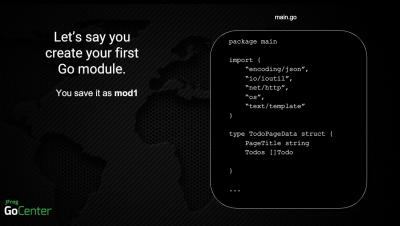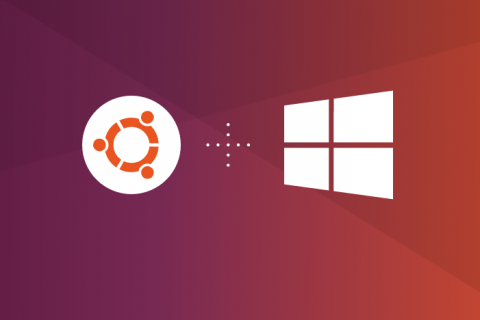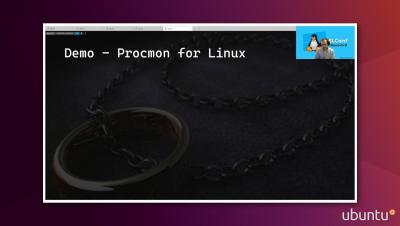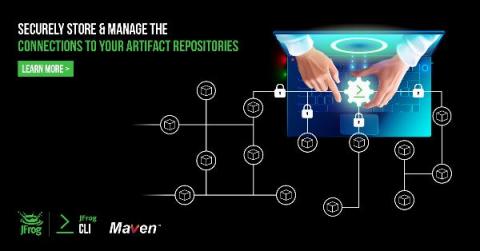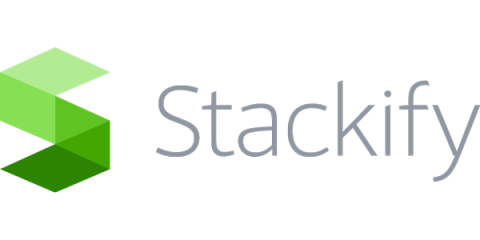Operations | Monitoring | ITSM | DevOps | Cloud
DevOps
The latest News and Information on DevOps, CI/CD, Automation and related technologies.
Building Secure Go Projects with Free Vulnerability Scanning in VSC Code
Welcome to the Rancher Academy!
Adopting Distributed Tracing: Finding the Right Path
New GPU and GUI features announced for WSL at Build
Microsoft Build, Microsoft’s annual developer conference, is taking place virtually May 19-20. Ubuntu will be featured throughout the event, in announcements of new WSL features, demos of cloud-native development on Microsoft Azure, and by presenters using Ubuntu desktop with native Microsoft applications like Teams, Code, and Edge. In an address by Microsoft CEO Satya Nadella the company announced new features coming to WSL 2.
Sysinternals for Linux
Mario Hewardt, Microsoft
For more information be sure to check out the WSL Website and wiki page
https://ubuntu.com/wsl
https://wiki.ubuntu.com/WSL
Introduction to Machine Learning Pipelines with Kubeflow
For teams that deal with machine learning (ML), there comes a point in time where training a model on a single machine becomes untenable. This is often followed by the sudden realization that there is more to machine learning than simply model training. There are a myriad of activities that have to happen before, during and after model training. This is especially true for teams that want to productionize their ML models.
Everything You Need to Know About Buildah
Buildah is a tool for building OCI-compatible images through a lower-level coreutils interface. Similar to Podman, Buildah doesn't depend on a daemon such as Docker or CRI-O, and it doesn't require root privileges. Buildah provides a command-line tool that replicates all the commands found in a Dockerfile. This allows you to issue Buildah commands from a scripting language such as Bash.
Take Full Control of Your Maven Deployments
The code we develop ends up being packaged into artifacts that are consumed as dependencies during the development of other software components. We rely on an artifact repository manager, like JFrog Artifactory, to resolve the complex challenges that come with consuming and developing all of these artifacts. Artifactory serves as the foundation for managing binaries in so many organizations, both large and small, as part of an effective CI/CD pipeline.
5 Tips to Take Your DevOps Pipeline to the Next Level
DevOps can successfully remove the bottlenecks created by waterfall methodology by improving development productivity through encouraging collaboration,continuous feedback loops, and automating processes. Collaboration. Feedback. Automation. These are the main building blocks of DevOps operations. However, not all DevOps implementations are successful. Why? Building blocks are not enough. You need to take these building blocks and design a DevOps pipeline that suits your needs.



